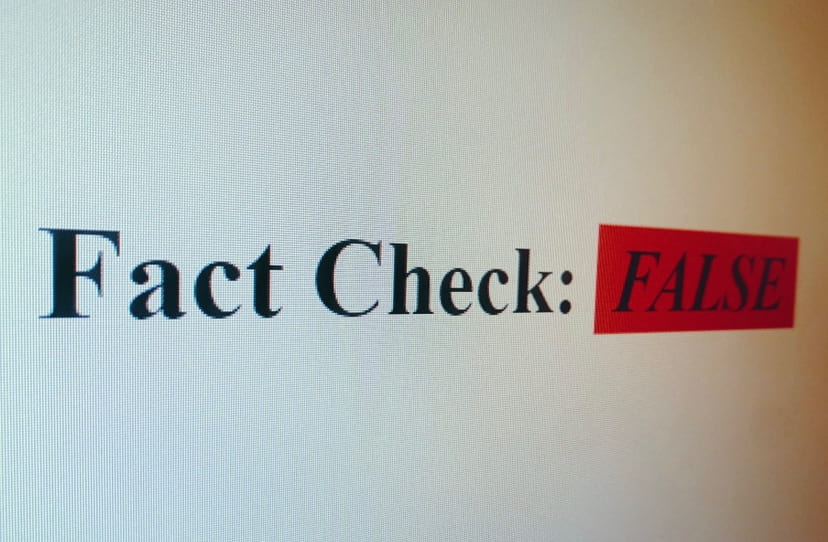In the digital age, knowing where the information we consume comes from and if it is factual is key to a functioning society. Politicians constantly talk about misinformation and fake news, but what do they mean when they say that? What can you, as a reader, do to avoid misinformation?
Janine Morris, an assistant professor in the Department of Communication Media and the Arts at NSU and the faculty coordinator at the Writing and Communication Center, explained that, in her work, the definition of fake news comes from research conducted by Hunt Allcott and Matthew Gentzkow.
According to them, fake news is “News articles that are intentionally and verifiably false and could mislead readers.”
Morris emphasizes the importance of knowing the intention behind a piece. For a piece to be considered fake news, the author must know that what they are writing is false and still continue writing with the intention to convince readers into believing information that is either misconstrued or blatantly made up.
“If you are misusing information to try to mislead people, that would fall under my definition of fake news. I think that one of the really big challenges we face as a media literate society is the idea that people feel authorized to share their opinions as though they are facts. We are entitled to our opinions, but we are not entitled to our [own] facts. It is really problematic when people misrepresent or lie about factual information to serve their needs… One of the things that is very important is [to think] about who is making the different claims and what their position is,” said Morris.
When evaluating a source, it is crucial that you, as a reader, know who the author is and what their stance is. The personal beliefs of the author can drastically change the way that information is portrayed and framed within the piece. The style of the piece also contributes to how it frames the information. A news article is very different from an opinions piece in both style and context. News should only focus on factual information, and while a well-written opinion should be based in fact, the majority of opinion pieces are written with a reliance on feelings and emotion rather than pure facts. Understanding the style of a piece is just as important as understanding where the author is coming from. If you want facts, then a news source would be a better option than an OP-ED.
The Alvin Sherman Library has many resources and tips for evaluating sources and charts that show where media outlets’ biases lie. Today, we have to do everything we can to make sure the information we consume is correct and knowing how to spot false information is key to that.


